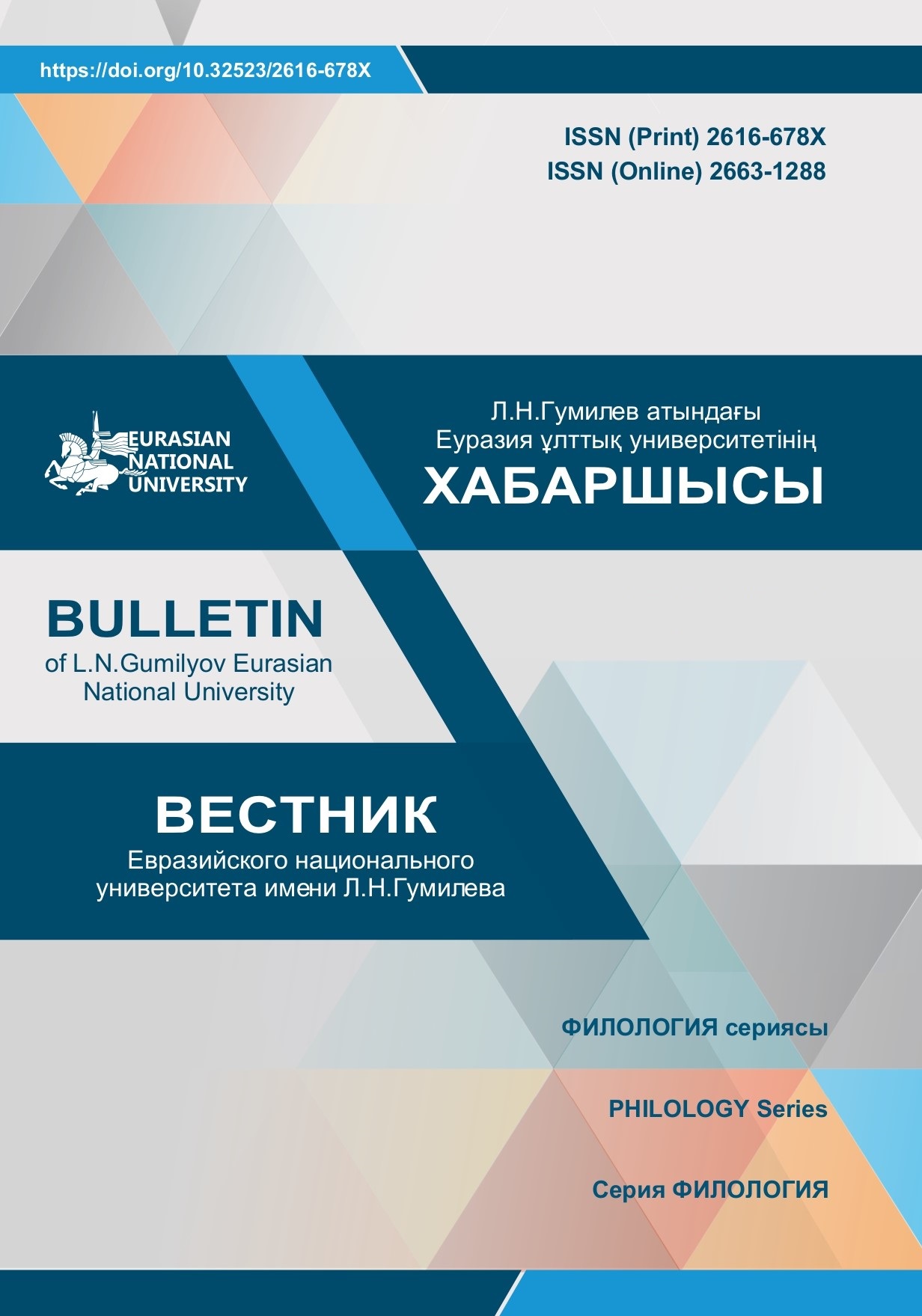Binary opposition Rich vs. Poor in proverbs and sayings in the Kazakh language
Views: 294 / PDF downloads: 354
DOI:
https://doi.org/10.32523/2616-678X-2023-145-4-8-18Keywords:
proverb, binary opposition, paroemia, ethnolinguisticsAbstract
The article deals with the binary opposition of proverbs on the topic "Rich and Poor" in the Kazakh language. The research work is aimed at determining the meaning and level of resistance of the concept of "Rich and Poor" in the proverb. Consideration of the paremia from the point of view of binary opposition is the main idea of the research work. We see that thanks to the possibility of the Anthropolinguistic paradigm, it is possible to freely integrate these fundamental areas. In addition to such stable concepts as theoretical conclusions and hypotheses, classifications related to the motivation of paroemias, the article provides information from the etymology of some words. At the present stage, the solution of textual problems by conducting linguo-folklore studies is very relevant for ethnolinguistics. In the course of the study, methods of comparative and descriptive-historical, analysis and synthesis, and the study of the lingual folklore unit were used. The study of individual units within the paroemia with their placement in opposite positions is also considered. As a result, we were able to determine everything from the origin of the concepts "rich-poor" to semantic reconciliation. The study and its results will be important for researchers in the field of ethnolinguistics, lexicology, paremiology. The results and conclusions of the study can be used in pragmatic cognitive studies, paroemia dictionaries.







